No matter how many years of experience one has with judging cows close to calving, it’s almost guaranteed that one will sneak off and calve before the one you’re watching like a hawk.
It’s akin to the saying that a watched pot never boils, but the one you’re not worried about will boil over, causing the commotion you were trying to avoid.
With four cows overdue, I was on my toes for the last while, thinking to myself that the ones in calf to the Charolais and Belgian Blue bulls would calve first.
Of course, nature doesn’t work that way and it was a pedigree Limousin bull which landed first, taking us by surprise by nearly arriving on the slats.
Fresh out of the oven! A big bull calf for Pale Cow, she sneaked in and had hers before Jenny ???? pic.twitter.com/2VWqVm7k63
— Karen McCabe (@LadyHaywire) March 13, 2022
This calf was quickly followed by a large Knockmoyle 10 Loki bull and I was very glad to have already had experience of using the calving jack when I handled the cow.
He’s definitely one of the biggest we’ve had in a few years, and out of our smallest cow.
That calf is bigger than I thought. Certainly tested my calving skills! Jenny would have to outdo Pale Cow and have a bigger one ???? pic.twitter.com/ZOSPPLhRhE
— Karen McCabe (@LadyHaywire) March 15, 2022
Most years at calving time I take notes in our dedicated AI book, which has records of all inseminations dating back to 1996.
Checking on the cow which calved in a hurry, I realised I’d marked her as falling in to calve quickly in the last number of years.
Changes
However, I guess notes like that are only useful if you remember to read them prior to calving season.
Flicking back through the book in question, changes in our cattle breeding can be seen over the years.
In the earlier pages, there’s a mix of every breed, from Angus and Simmental to Charolais and Limousin, but it’s not until a few years later that we have our first Belgian Blue calves by Elwin.
Fast forward to the mid-2000s and there’s a whole page of Blues being used for the export market.
Reminisce
It’s nice to reminisce about the history of each cow here, with two breeding lines in particular going back to the 1980s.
One of which has the questionable heritage of my late grandfather dropping my grandmother into the local town to do her grocery shopping, then sneaking off to buy two calves from a dairy farmer.
These were loaded into the back of his Morris Minor before returning to collect his very patient wife on the way home.
I often wonder how the conversation went on that drive back to the house with two calves nosing around behind them.
Every so often, their handwriting will crop up, where they intercepted the AI man before my father, which often led to some arguments over the bull that was chosen for the animal in question.
Pssst. Hey. You.
— Karen McCabe (@LadyHaywire) March 23, 2022
D'ya wanna buy some cheap fertiliser? ?? pic.twitter.com/U5ZEYHtobm
Lime
Over two tonnes of lime has been spread about the farm so far, along with all our slurry.
With the slurry being kept strictly on meadow land, along with a slight shake of urea, it was a simple couple of days for our contractor with the dry ground, as he’s normally avoiding areas of fields like quicksand.
A couple of our meadows which can’t be accessed with the tanker and which are usually kept for late July hay also got some lime and urea. The new Multi Species Sward Measure is certainly something to consider for trial in a few lower-producing fields this year.
Thankfully, it looks like we’ll have a good surplus of bales left over, with a whole pen of cattle let out a fortnight ago. Now, if we can just keep them out it’d be great.
Feels like a day in May here ??
— Karen McCabe (@LadyHaywire) March 22, 2022
Sun's out, young (and old) stock are out to pick some grass, saving us some silage for next year I hope. pic.twitter.com/Sa8Q8MyjLP



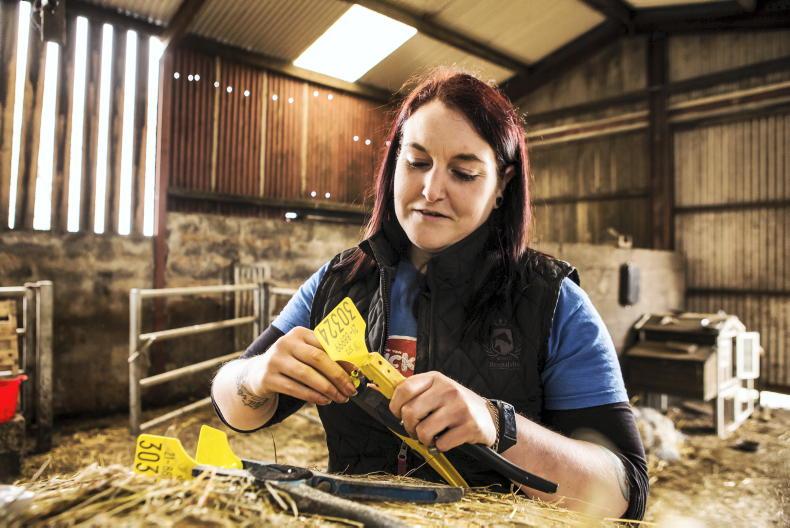

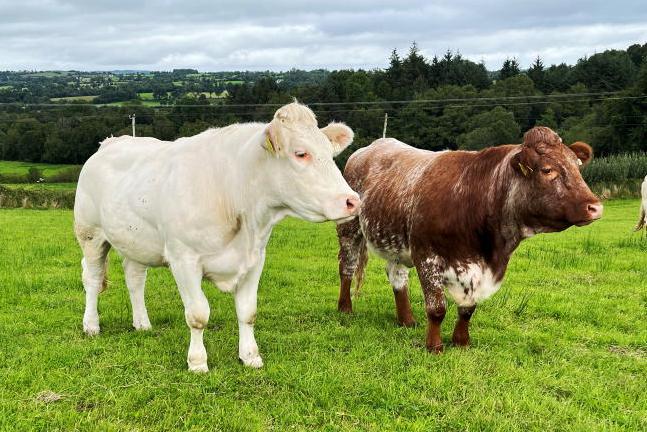

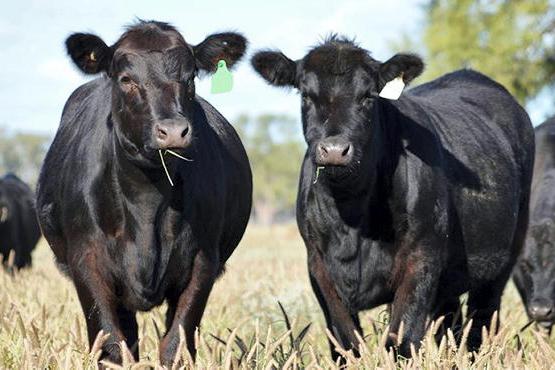
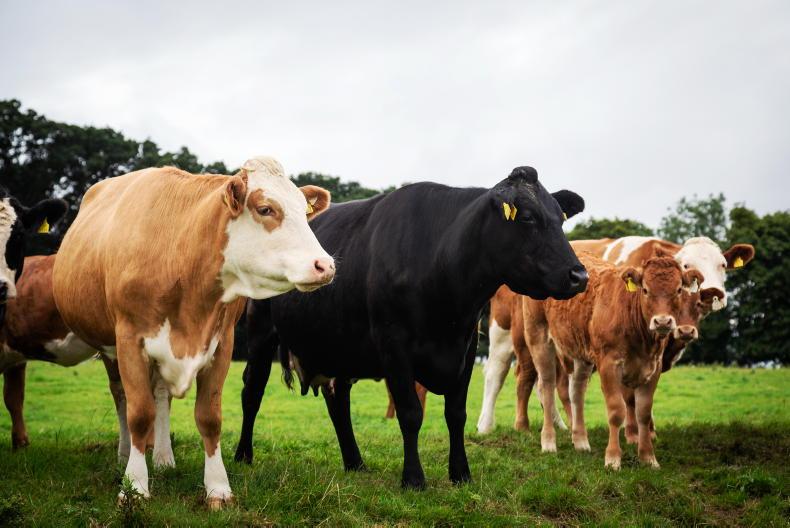
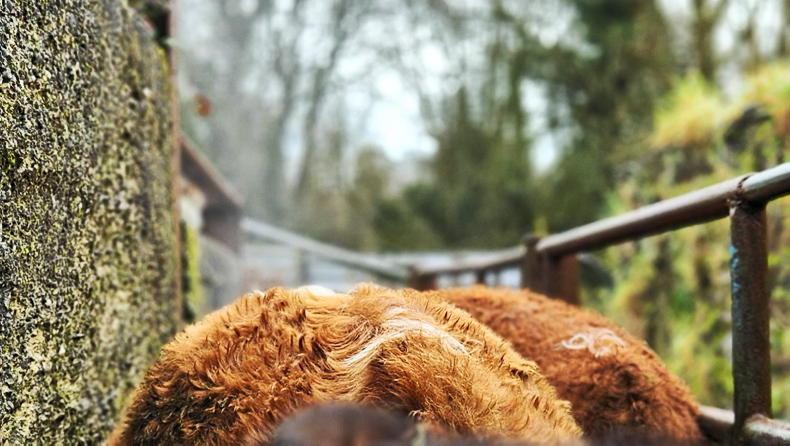
SHARING OPTIONS